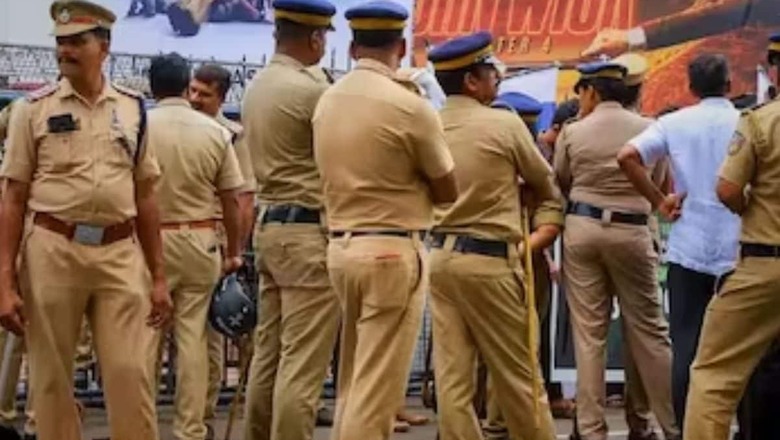
views
The Gujarat government has withdrawn the 24×7 security cover that guarded dozens of 2002 riot case witnesses for close to two decades. The decision was based on the recommendations of the Supreme Court-appointed Special Investigation Team probing the Godhra train carnage and subsequent riot cases. The witness protection wing of the SIT was responsible for providing security to witnesses if needed and removing the cover when deemed unnecessary. However, several witnesses, as well as a retired judge who had about a dozen paramilitary personnel guarding her for nearly a decade, have raised objections to the state government’s step. Is it possible then this is more about losing a perceived status and less about security?
A newspaper article on the issue drew the eye. The article stated that the security provided to witnesses in 2002 Gujarat riot cases had been withdrawn. It also stated that retired principal city sessions judge Jyotsna Yagnik who had convicted 32 persons in the Naroda Patiya riot case had also lost her cover. She retired in 2014. Apart from Yagnik and several witnesses, two lawyers who either appeared for victims in court or offered them legal counsel have also expressed concerns over their protection being removed.
Having reported extensively during the 2002 Gujarat riots and covered the hearings in the lower and higher judiciary, the news article piqued my curiosity. Why was the security cover of these witnesses, lawyers, and a retired judge taken off? To untangle this puzzle, I spoke to several key officials connected to the SIT, Gujarat police, and the state government. The gist of these conversations was that the matter had more to do with a “status symbol” than security concerns. This was an attempt to whip up a storm in a teacup.
If we look at the facts then the Supreme Court based on a plea by the National Human Rights Commission (NHRC) on crucial cases linked to the 2002 February-March riots had ordered the Gujarat government to provide security to witnesses facing threats to their lives wherever needed. Following this, the state government had provided 24×7 protective covers to key witnesses in 2003. The Supreme Court in April 2008 set up a Special Investigation Team (SIT) led by former CBI director R Raghavan to probe nine important cases linked to the Gujarat riots. Retired CBI DIG AK Malhotra, who had investigated the Bofors and fodder scams in his time, was also a member of this SIT.
In May 2009, Supreme Court judge Arijit Pasayat ordered this SIT to set up a witness protection programme to provide security to key witnesses in important 2002 riot cases and determine which person actually requires a protective cover. As part of this witness protection programme, a special cell was created in the SIT, which was responsible for providing security to witnesses based on threat assessments and not on their whims and fancies. Based on the SIT’s recommendations around 2008-09, witnesses were provided protective covers either by Gujarat police or CISF.
Under the SIT’s supervision, nine cases connected to the 2002 riots were tried in lower courts and then some were appealed in the high court and Supreme Court. On August 31, 2012, then Ahmedabad’s principal city sessions judge Jyotsna Yagnik delivered the quantum of punishment in the crucial Naroda Patiya case. Thirty-two people had been convicted for the killings of 97 victims, while 29 were acquitted over lack of sufficient evidence. Among those found guilty was BJP leader and former minister Maya Kodnani, who got a 28-year jail term.
Citing a threat to her life, Yagnik sought security from SIT head Raghavan. Taking an empathetic view of her request, the SIT provided 14 CISF personnel for her protection. At the time, there was the Congress-led UPA government at the Centre. It should be noted that the Supreme Court had asked for a witness protection programme, and not a judge protection programme. However, based on their requests, Yagnik and some lawyers too were provided security.
Close to the time of the Naroda Patiya judgement, the state’s sessions courts delivered verdicts in seven other Gujarat riot cases. It’s also interesting to note that many of these rulings came from women judges. In May 2009, the Gujarat high court decided which sessions judge would hear which case. If a judge retired while a trial was in progress, a new judge was assigned. As part of this process, Mehsana sessions judge S Srivastava delivered judgements in the Dipda Darwaza and Sardarpura massacre cases, while additional sessions judge PB Singh presided over the Ode 2 case.
The last of these nine cases to be decided was the Naroda Gam massacre, in which sessions judge Shubhada Baxi delivered a verdict on April 20 this year. Notably, aside from the Prantij killings and Naroda Gam massacre cases, the lower courts convicted a large number of accused in the other 2002 riot cases. The SIT went on appeal in cases where many accused were acquitted, except in the Prantij killings when even the family members of the victims did not come forward to testify.
Unlike Jyotsna Yagnik, the three other women judges who presided over these riots cases did not seek protection, neither while they were serving nor after retirement. Even Justice RM Sareen, who delivered a judgement in the Ode 1 case, and is currently in the Gujarat high court, has not asked for a security cover.
The question is why did the SIT decide to withdraw the security of Jyotsna Yagnik and the witnesses. Sources in the SIT and local police say this is not the first case of witnesses losing their protective cover.
In fact, the Supreme Court itself said in its judgement that security should be provided based on threat assessment and not lifelong protective covers. Who deserves security and for how long is decided by an assessment mechanism within the SIT. Based on this mechanism, the security cover of a few witnesses was withdrawn 2-3 years ago. That was because either their trials had been completed, there were no intelligence reports of there being any threats to their lives, or they faced no threats or attacks during the course of the trial.
This mechanism is followed not only for the common people, but also for VIPs, top officials, and politicians. When there’s a threat perception, even a large security cover can be provided, and it can be withdrawn when deemed unnecessary. The SIT too removed the protective cover based on this system.
It has also come to light that the more than 300 security personnel assigned to protect the witnesses, lawyers, and judge Jyotsna Yagnik, who retired in 2013, were merely providing token service, while some would even disappear from duty. The state administration learnt that in some instances, the security personnel were bringing groceries to the witnesses’ homes and then remained absent from duty. This indicates that there was no real threat and some of the security personnel themselves were shirking their responsibilities.
Even the CISF had urged that if these personnel were not needed for providing protection, they should be released to be deployed for more sensitive and important assignments. Over 300 state police and CISF personnel were posted in areas where the 2002 riots had taken place, and where many of them were providing token service of patrolling for 15-20 years.
After taking these issues and its own assessments into consideration, the SIT asked the state government to withdraw the remaining security personnel guarding witnesses, lawyers, and the retired judge. The administration followed through on these recommendations this month. Only the security cover of Zakia Jafri, wife of Congress MP Ehsan Jafri who was killed in the Gulbarg Society massacre, has been retained. She is provided protection whenever she is in Surat, and the cover is withdrawn when she visits relatives abroad. Even those whose protection has been removed will receive security if and when it is needed, the local police have been told.
This move of the state government has been questioned by Jyotsna Yagnik and some of the witnesses. But the larger question is will the person receiving security decide who will be provided cover and when or the agency picked for the task by the country’s apex court? Can these hundreds of personnel be assigned for guarding a few people for life, as a status symbol, even if security is not required? The SIT shared its recommendation after a thorough assessment and the state government followed through. Those who have objections have the option to approach the courts.














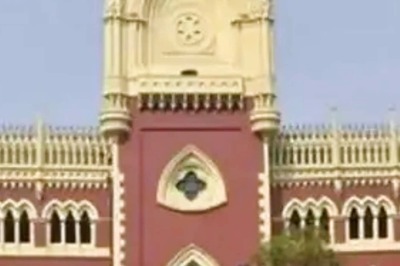
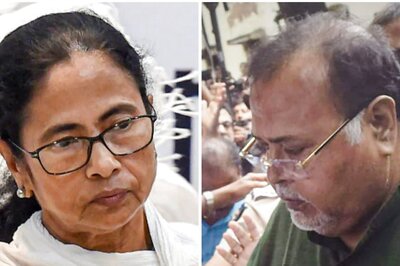

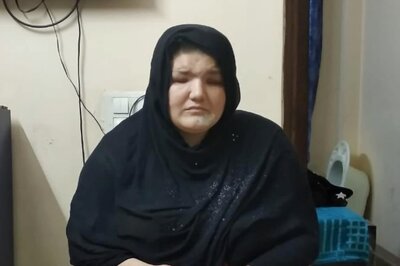
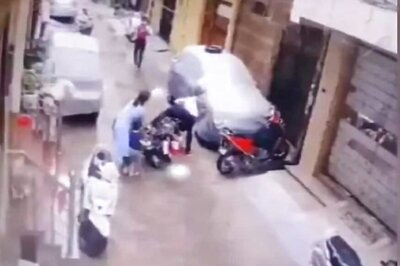
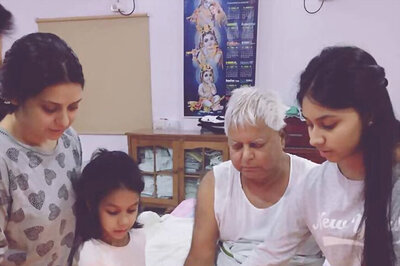
Comments
0 comment